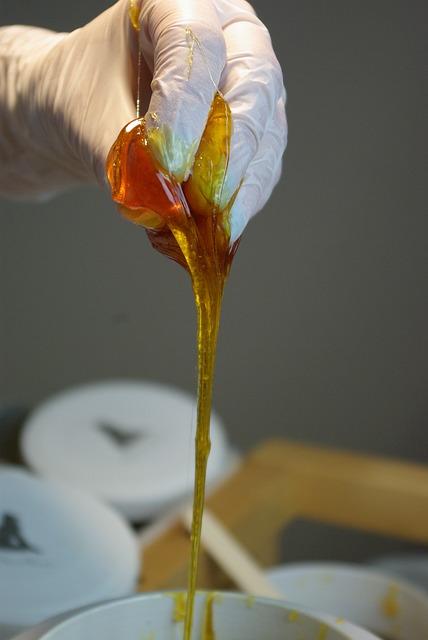Stump removal is an essential step in maintaining a healthy garden. While it may seem like a daunting task, removing stumps can help prevent the spread of disease, improve the aesthetic appeal of your outdoor space, and create a safer environment for both plants and people. In this article, we will explore the importance of stump removal and provide tips for effectively getting rid of them in your garden.
When it comes to maintaining a healthy garden, one crucial step that often gets overlooked is stump removal. Stumps left behind from trees that have been cut down can not only be eyesores but can also pose potential hazards to both your garden and the surrounding area. By taking the time to properly remove stumps, you can create a safer and more aesthetically pleasing outdoor space.
There are various methods for safely and effectively removing stumps from your garden. One popular technique is using a stump grinder to grind the stump down to below ground level. This method helps prevent regrowth and eliminates the need for chemicals. Another option is to use a chemical stump remover, which accelerates the natural decomposition process of the stump. Whichever method you choose, it’s important to consider the size and location of the stump, as well as any potential obstacles in the surrounding area.
- Enhances the overall appearance of your garden
- Prevents hazards such as tripping or lawnmower damage
- Eliminates the risk of pest infestations and diseases
- Promotes healthy plant growth and root development
Q&A
1. Why is stump removal important for maintaining a healthy garden?
Stump removal is important because dead tree stumps can attract pests and diseases that can spread to other plants in your garden. Removing stumps also eliminates tripping hazards and creates more space for new plantings.
2. What are the most common methods of stump removal?
The most common methods of stump removal include stump grinding, which involves using a machine to grind the stump into small chips, and stump removal, where the entire stump is excavated and removed from the ground.
3. How long does it take for a stump to decompose naturally?
Depending on the size and type of tree, it can take several years for a stump to decompose naturally. This process can be expedited by using chemicals or accelerants to speed up decomposition.
4. Can I remove a stump on my own, or should I hire a professional?
While it is possible to remove a stump on your own, it can be a time-consuming and physically demanding process. Hiring a professional stump removal service is recommended for large or difficult-to-remove stumps.
5. Are there any environmental concerns associated with stump removal?
Stump removal can disrupt the soil structure and ecosystem of your garden, so it is important to consider the environmental impact before removing a stump. Replanting native plants or using environmentally-friendly stump removal methods can help mitigate these concerns.
6. How much does stump removal usually cost?
The cost of stump removal can vary depending on the size and location of the stump. On average, stump removal can range from $100 to $500 per stump, but prices may be higher for larger or more difficult stumps.
Conclusion
removing tree stumps from your garden is a crucial step towards promoting a healthier and more flourishing outdoor space. By investing time and effort into stump removal, you can create a safer environment for your plants, prevent the spread of diseases, and enhance the aesthetics of your garden. Remember to follow the proper techniques and safety precautions when tackling this task, and enjoy the benefits of a stump-free garden for years to come.
Simpsons Tree Services, Servicing Melbourne’s North Eastern Suburbs
Book a quote online at www.simpsonstrees.com.au




